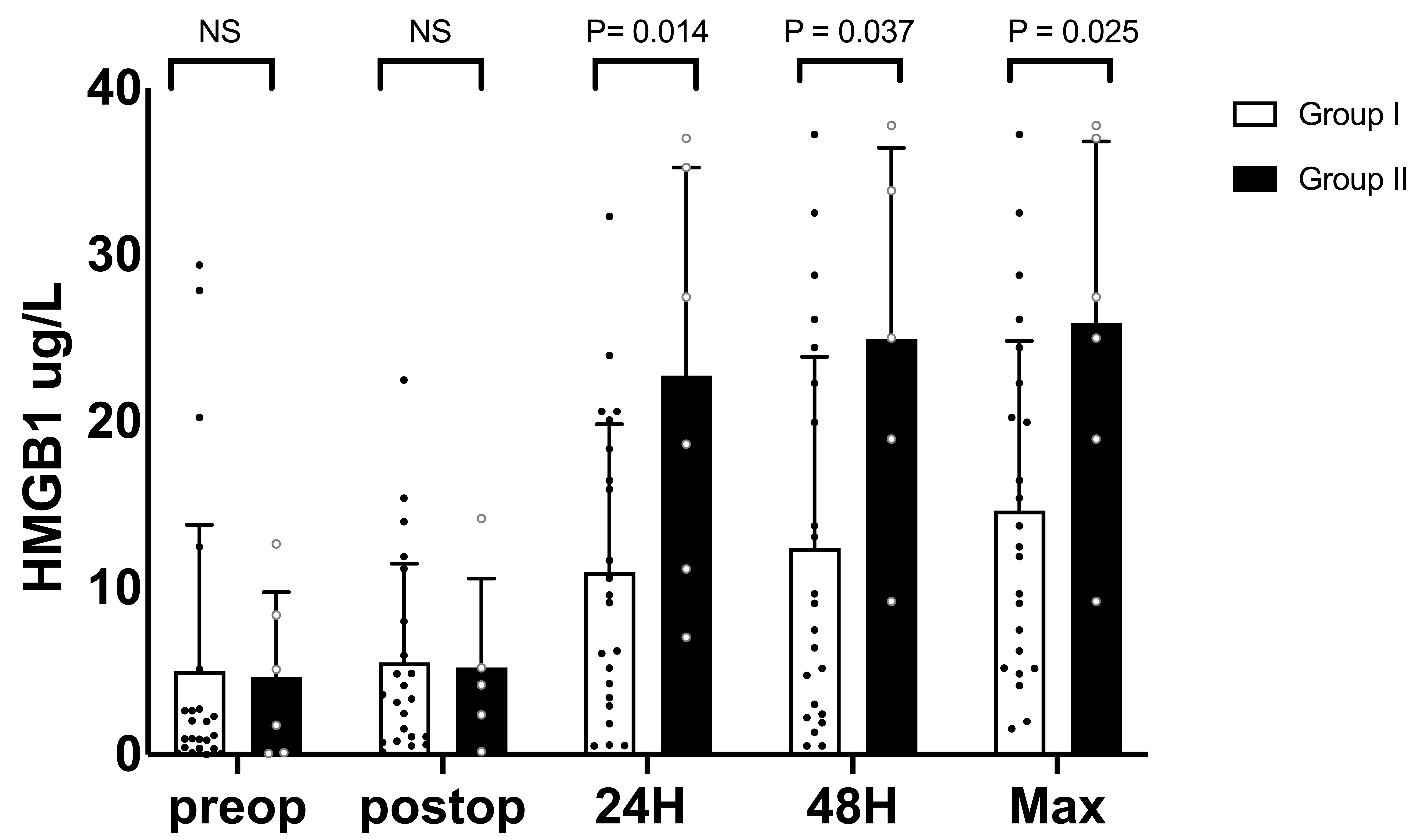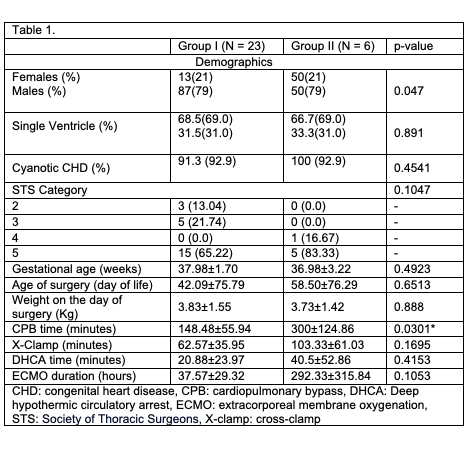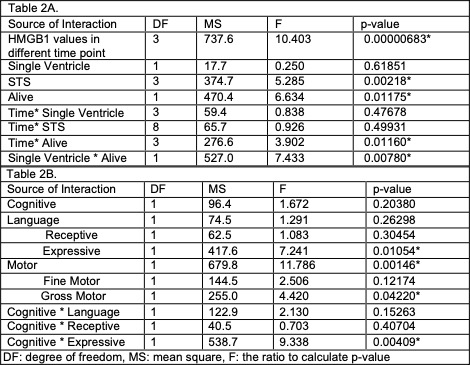Critical Care
Session: Critical Care 1
105 - Elevated HMGB1 Level is Associated with Unfavorable Outcomes After Infant Cardiac Surgeries
Monday, May 6, 2024
9:30 AM - 11:30 AM ET
Poster Number: 105
Publication Number: 105.3259
Publication Number: 105.3259

Allison E. Beggin, MD (she/her/hers)
Resident Physician
University of Pittsburgh Medical Center
Pittsburgh, Pennsylvania, United States
Presenting Author(s)
Background: Activation of cell stress-related pathways with cardiopulmonary bypass (CPB) and systemic inflammation have been observed in neonatal and adult cardiac surgery. Surgical CPB stress experienced by most congenital heart disease (CHD) patients can impact long-term cardiac and neurodevelopmental outcomes. Accumulating evidence suggests HMGB1 may play a role in assessing disease severity after cardiac surgery and neurodevelopmental outcomes in CHD patients.
Objective: To investigate the potential utility of HMGB1 for the prognostic role in assessing outcomes of CHD patients.
Design/Methods: We enrolled 29 patients with CHD who required neonatal/infant cardiac surgeries and measured HMGB1 serum levels using ELISA. Blood samples were collected before surgery, immediately after surgery, 24 hours after CPB, and 48 hours after CPB. Formal developmental evaluations were completed utilizing Bayley Scales of Infant & Toddler Development, Third Edition (BSID-III). The primary outcome was to evaluate and compare the incidence of mortality from the index surgery requiring CPB with HMGB1 concentration. The secondary endpoint was to evaluate neurodevelopment outcomes of surviving patients and the relationship with the HMGB1 level. A favorable outcome was defined as discharge from index surgery (Group I). Patients who died after index surgery were defined as having unfavorable outcome (Group II).
Results: Baseline HMGB1 level was 5.03± 8.79 ug/L in Group I and 4.68± 5.06 ug/L in Group II. HMGB1 level was increased at 24-hour after CPB with 10.95± 8.89 ug/L in Group I and 22.76± 12.49 ug/L in Group II (P= 0.014). Elevations were persistent at 48-hours after CPB with 12.40± 11.49 ug/L in group I and 24.95±11.48 ug/L in group II (P=0.037). The maximal level of HMGB1 after CPB and changes of HMGB1 level after CPB are higher in group II (P= 0.025 and P=0.018) [Fig.1]. In a multivariate analysis identifying predictors of parameters with HMGB1 concentration, the elevated HMGB1 level is associated with different time points before and after CPB (P=0.00000683), higher STS categories (P=0.00218), and in the group who did not survive the index surgery [Table 2A]. Elevated HMGB1 levels after CPB is associated with poor performance in the motor domain (p= 0.00146), especially gross motor domain (P=0.04220), and expressive language domain (p= 0.01054) as measured by BSID-III [Table 2B]. Poor performance in the expressive language domain is associated with cognitive impairment (P=0.00409).
Conclusion(s): The study provides evidence that HMGB1 measurement has a prognostic role in cardiac and neurodevelopmental outcomes.



